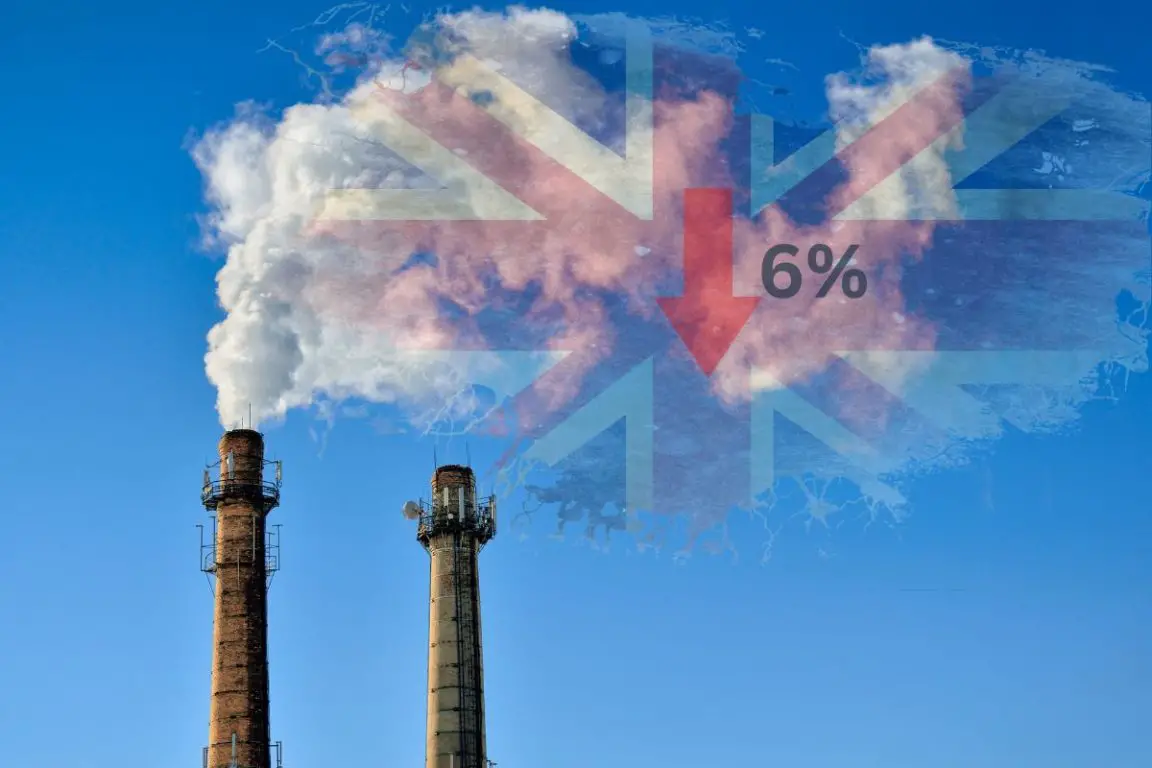
Transforming waste to a valuable resource: why anaerobic digestion is key in hydrogen production
June 11, 2024 2 By Jonathan CroleyHydrogen can play a crucial role in the decarbonisation of the UK economy, especially where that hydrogen is “green” with zero carbon emissions.
Enticingly, there is potential for hydrogen to be created in conjunction with anaerobic digestion (AD) facilities that is carbon negative, further improving the sustainability credentials of hydrogen as an industrial fuel.
The established AD business model
AD is the process of processing biodegradable materials in the absence of oxygen, in which micro-organisms digest the biomass and produce biogas (a combustible mixture of gasses rich in methane and carbon dioxide), with the non-digestible content being “digestate”.
The range of biodegradable material processed in AD plants in the UK is diverse: to name but a few inputs, sewerage sludge, agricultural residues (straw, litter, slurries and manures), kerb-side collected and commercial food waste, animal by-products (from abattoirs) and purpose-grown crop.
Typically an AD project may generate the income from the creation and sale of:
- electricity (and feed-in tariffs for qualifying plants) from burning the biogas in combined heat and power units;
- biomethane (and RHI/GGSS support payments) from “upgrading” the biogas to extract the methane which can then be injected into the national gas network; and
- digestate, as a nutrient-rich soil enricher.
There are two main schemes that incentivise the production of biomethane in the UK: the Renewable Heat Incentive and the Green Gas Support Scheme. Those two schemes seek to encourage the use of “waste” feedstocks in AD.
AD’s sound environmental case
Treating organics through AD avoids the fugitive emissions that would otherwise arise the decomposition: an AD plant effectively captures the methane and ammonia emissions that would otherwise arise before they can escape to the atmosphere. As methane is 28 times more potent a greenhouse gas compared to carbon dioxide, each molecule of methane captured is a significant gain in steps to reduce global warming. To put some numerical data that, it is estimated that for every tonne of Foodwaste processed in AD (and diverted from landfill), between 0.5 and 1 tonne of CO2 emissions are avoided. If AD was used to process the biomass currently left to degrade in landfill, it could reduce UK greenhouse gas emissions by around 6%.

More recently, with the rise of “gas to grid” AD plants that inject biomethane into the gas grid, AD plants actively separate the CO2 fraction from the biogas, which can then be sequestered in long-term storage, or used to displace fossil-derived CO2. The carbon removed from biogas is therefore removed from the carbon-cycle on a near-permanent basis.
Finally, the use of digestate as a fertiliser can displace the Agriculture Sector’s reliance on fossil-fuel and mineral derived fertiliser, simultaneously closing the nutrient cycle and decarbonising the food production.
Piggy-backing hydrogen
The technology exists (albeit in nascent form) to convert the biomethane fraction of biogas into hydrogen: the established chemical pathways for the conversion could take the form of steam reforming of the biomethane, methane pyrolysis or electrolysis.
Provided that the feedstocks used in the AD process capitalise on the use of waste feedstocks (in order to maximise the reduction in fugitive emissions), and the production facilities are subject to the same sustainability criteria as modern AD plants, the hydrogen produced will have similar environmental credentials as the biomethane currently injected into the grid by the gas-to-grid AD facilities.
Alternatively, the electricity produced by AD plants equipped with combined heat and power units can be used in electrolysis in order to produce green hydrogen. If the emissions from the CHP plants is then captured, again the hydrogen produced could legitimately claimed to be carbon negative.
Current position on commercial scale
As far as we are aware, there are as-yet no operating AD facilities that produce hydrogen on a commercial basis.
The Anaerobic Digestion and Bioresources Association (the UK trade association for AD) has recommended the government create a new fund for research to support AD. If the scope of research extends towards the production of hydrogen, the development of a commercial-scale roll-out of hybrid AD-hydrogen technology could be a game-changer for the level of investment in AD, the UK’s capacity to avoid fugitive methane emissions, and the sustainability credentials of users of hydrogen.
A new color of hydrogen?
 With an increasingly mature and stable AD sector in the UK, the groundwork for the production of sustainable carbon-negative hydrogen is in place: the next step is clearly for cost-effective technology to be developed that can be bolted on to the existing AD process capable of producing hydrogen at scale.
With an increasingly mature and stable AD sector in the UK, the groundwork for the production of sustainable carbon-negative hydrogen is in place: the next step is clearly for cost-effective technology to be developed that can be bolted on to the existing AD process capable of producing hydrogen at scale.
Additionally, it will be crucial for the additional environmental credentials of hydrogen produced at hybrid AD/hydrogen facilities to be recognised: perhaps with appropriate incentives designed to accelerate the roll-out of the technology. One wonders whether that hydrogen should be given its own moniker to differentiate it from “green hydrogen” – “emerald hydrogen”?

Jonathan Croley
The piece has been authored by Jonathan Croley, Partner at Ashfords LLP. Jonathan advises on a broad range of commercial contracts with a particular focus on arrangements relating to infrastructure, energy, waste, and rural sectors, so I hope you agree he’s a great voice for your readers.
About The Author
Jonathan Croley stands as a pivotal figure in the legal landscape of sustainable energy, particularly within the hydrogen energy sector. Serving as a partner in the Commercial Team at Ashfords LLP and leading their Decarbonisation & Energy Efficiency sub-sector, he offers invaluable expertise to clients ranging from landowners to funders on vital matters such as operation and maintenance contracts and navigating complex subsidy regimes. His comprehensive approach not only facilitates the financial and operational success of green energy projects but also significantly contributes to advancing sustainable development and decarbonisation efforts. Croley's pivotal role and visionary insights into energy law and policy make him an instrumental force in driving the transition towards a greener, more sustainable future.
2 Comments
Leave a Reply Cancel reply
This site uses Akismet to reduce spam. Learn how your comment data is processed.



 With over 15 years of reporting hydrogen news, we are your premier source for the latest updates and insights in hydrogen and renewable energy.
With over 15 years of reporting hydrogen news, we are your premier source for the latest updates and insights in hydrogen and renewable energy.
Hello.
I am an engineer.
For the last few years I have been living in the village.
Our company installs solar and wind power stations of 10-50 kW.
We have lots of electricity and animal waste.
I’m trying to produce biogas and fuel for cars.
Lack of knowledge and finances.
I’m counting on your help.
Sincerely.
Viktor
You just missed Lividian and Hexla 10 June 2024 LOOP microwave plasma tech producing h2 + graphene at Worthy Farm Somerset where the Glastonbury music festival was just held from the farms AD CHP plant using cow poo biomethane